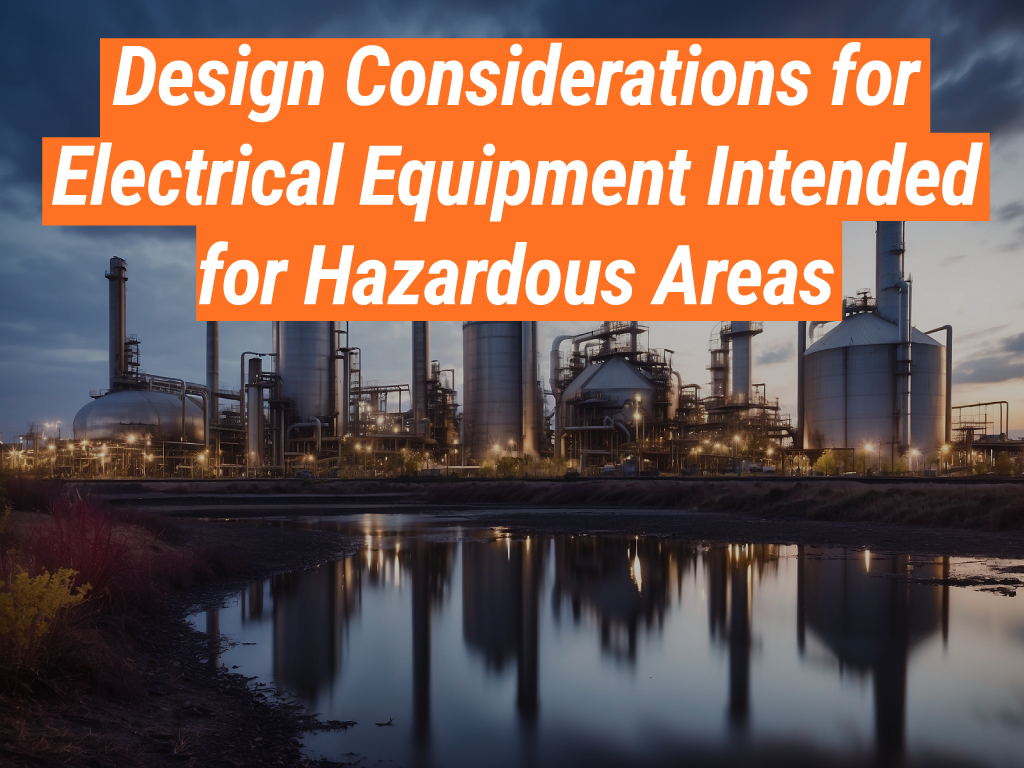When it comes to designing electrical equipment for hazardous areas, safety is paramount. This is where Intrinsically Safe Store comes in, offering a wide range of intrinsically safe products and solutions. In this article, we will delve into the key design considerations for such equipment, providing valuable insights and practical examples. So, let’s get started, and don’t forget to visit the Intrinsically Safe Store for more information.
Understanding Hazardous Areas
Before we delve into the design considerations, it’s crucial to understand what constitutes a hazardous area. These are places where fire or explosion hazards may exist due to flammable gases, vapors, dust, or fibers. Examples include oil refineries, chemical plants, and grain silos.

Classification of Hazardous Areas
Hazardous areas are classified based on the nature and frequency of the potentially explosive atmosphere. This classification is crucial in determining the type of electrical equipment that can be safely used.
Designing for Intrinsic Safety
Intrinsic safety is a protection technique for safe operation of electrical equipment in hazardous areas. It restricts the electrical and thermal energy available to a level below that required to ignite a specific hazardous atmospheric mixture.
Key Design Considerations
When designing electrical equipment for hazardous areas, one must consider several factors:
- Material Selection: The materials used should be able to withstand the harsh conditions of the hazardous area.
- Sealing and Enclosure: One should properly seal the equipment to prevent the ingress of hazardous substances.
- Temperature Rating: The equipment should not reach a temperature that can ignite the hazardous atmosphere.
- Protection Techniques: We can use various protection techniques, such as explosion-proof enclosures and intrinsic safety.
Case Study: Intrinsically Safe Store
Intrinsically Safe Store is a prime example of a company that understands the importance of these design considerations. We offer a wide range of products designed for hazardous areas, from smartphones and tablets to gas detectors and lighting.
Regulations and Standards
There are several regulations and standards that govern the design of electrical equipment for hazardous areas. These include the National Electrical Code (NEC) in the US, the ATEX directive in Europe, and the IECEx system internationally.
Safely Designing Electrical Equipment for Hazardous Areas
Designing electrical equipment for hazardous areas is a complex task that requires a deep understanding of the potential risks and the appropriate safety measures. By considering factors such as material selection, sealing, temperature rating, and protection techniques, it’s possible to create equipment that can safely operate in these environments. The Intrinsically Safe Store is a testament to this, offering a wide range of products that meet the highest safety standards. For more information, don’t hesitate to contact us.


























